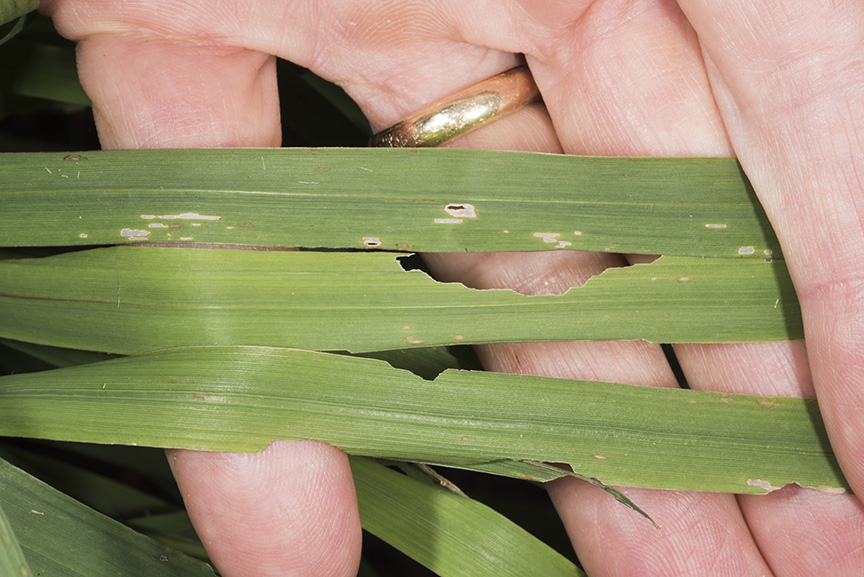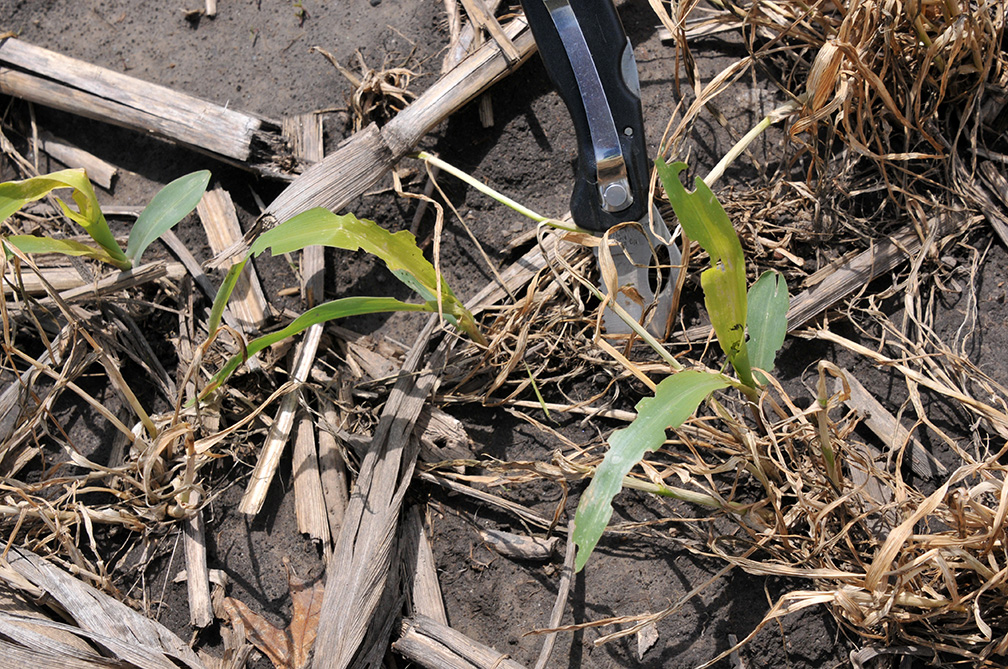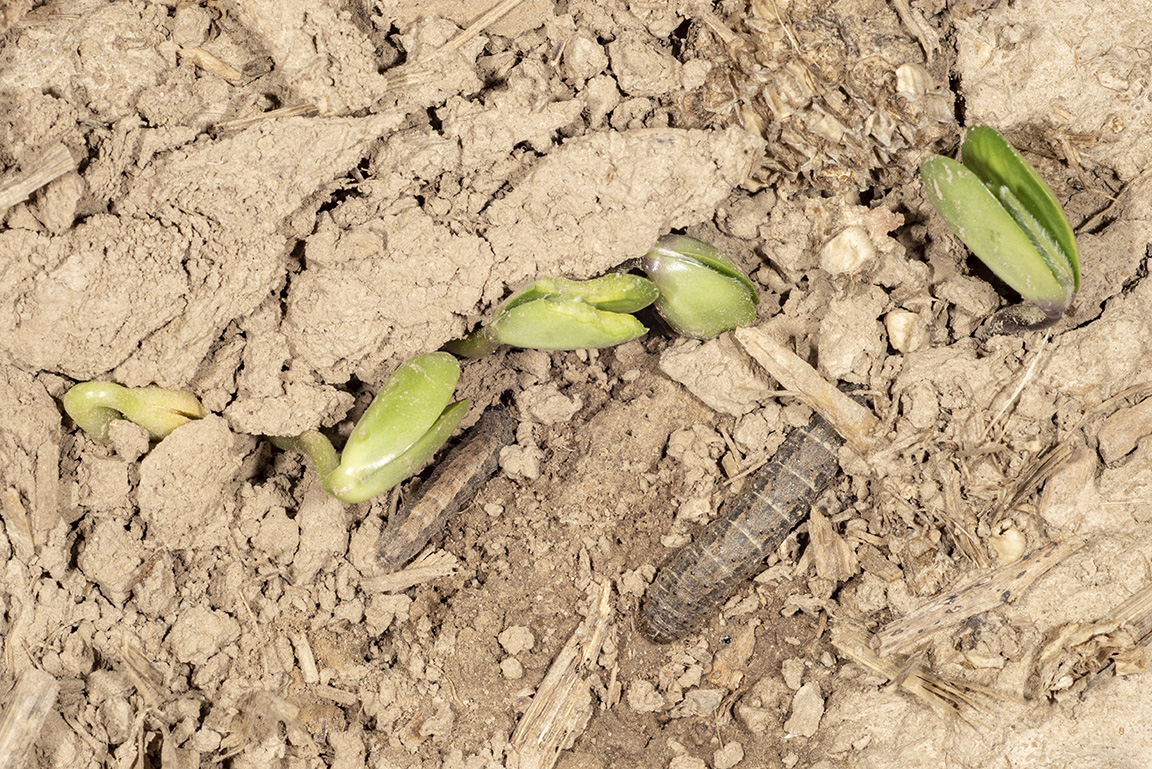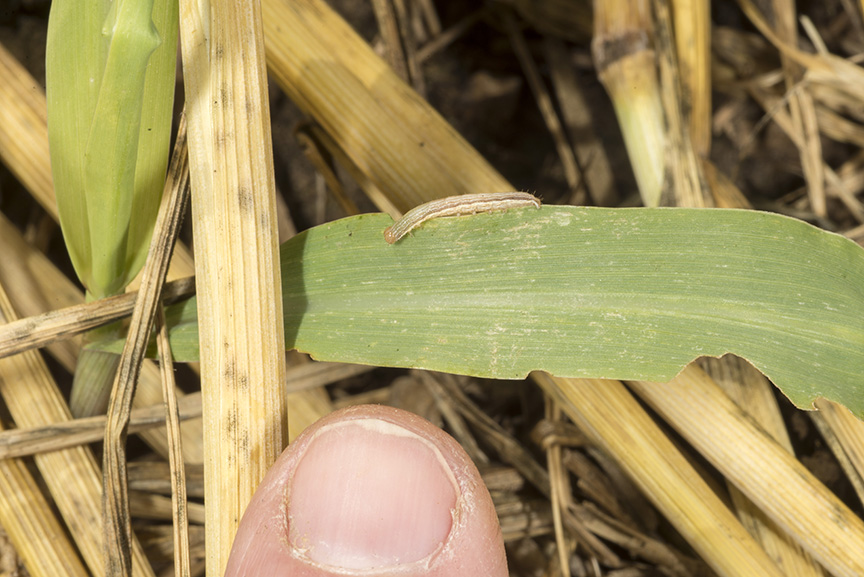
Armyworm moth captures have varied throughout the state for the last eight weeks (see “Armyworm Pheromone Trap Report”).

Armyworm moth captures have varied throughout the state for the last eight weeks (see “Armyworm Pheromone Trap Report”).

Over the past seven weeks, armyworm moth captures at the Purdue Ag Research Centers (see accompanying “Armyworm Pheromone Trap Report”) have been variable, certainly not eye-popping! This happens most years, as do localized outbreaks. It is a reminder to conduct timely scouting in high-risk fields when the larvae are actively feeding, mid to later May. The increased popularity of cereal rye as a cover crop presents new opportunities for egg-laying females to find attractive food sources. The timing of planting this year, where many cover-cropped or weedy fields may be “planted green” is not helpful to those trying to avoid hungry armyworms. Like every year, some (true) armyworm moths overwinter here, but some are also blown here from states to the south and west. Don’t confuse this annual pest with the fall armyworm (different species) that doesn’t arrive until mid-later summer. The fall armyworm caused a stir late last summer[Read More…]

It seems that the freezing temperatures, and snow, of just over a week ago has spurred an increase in the black cutworm and armyworm moth activity, see the accompanying pheromone trap captures.

Armyworm moth captures have varied throughout the state, with some being quite impressive this spring (see “Armyworm Pheromone Trap Report”).

Armyworm moth captures have varied throughout the state (see “Armyworm Pheromone Trap Report”). As I observed last week in Tippecanoe County, when larvae are small, their damage is negligible and easily overlooked.
© 2025 Purdue University | An equal access/equal opportunity university | Copyright Complaints | Maintained by Pest&Crop newsletter
If you have trouble accessing this page because of a disability, please contact Pest&Crop newsletter at luck@purdue.edu.